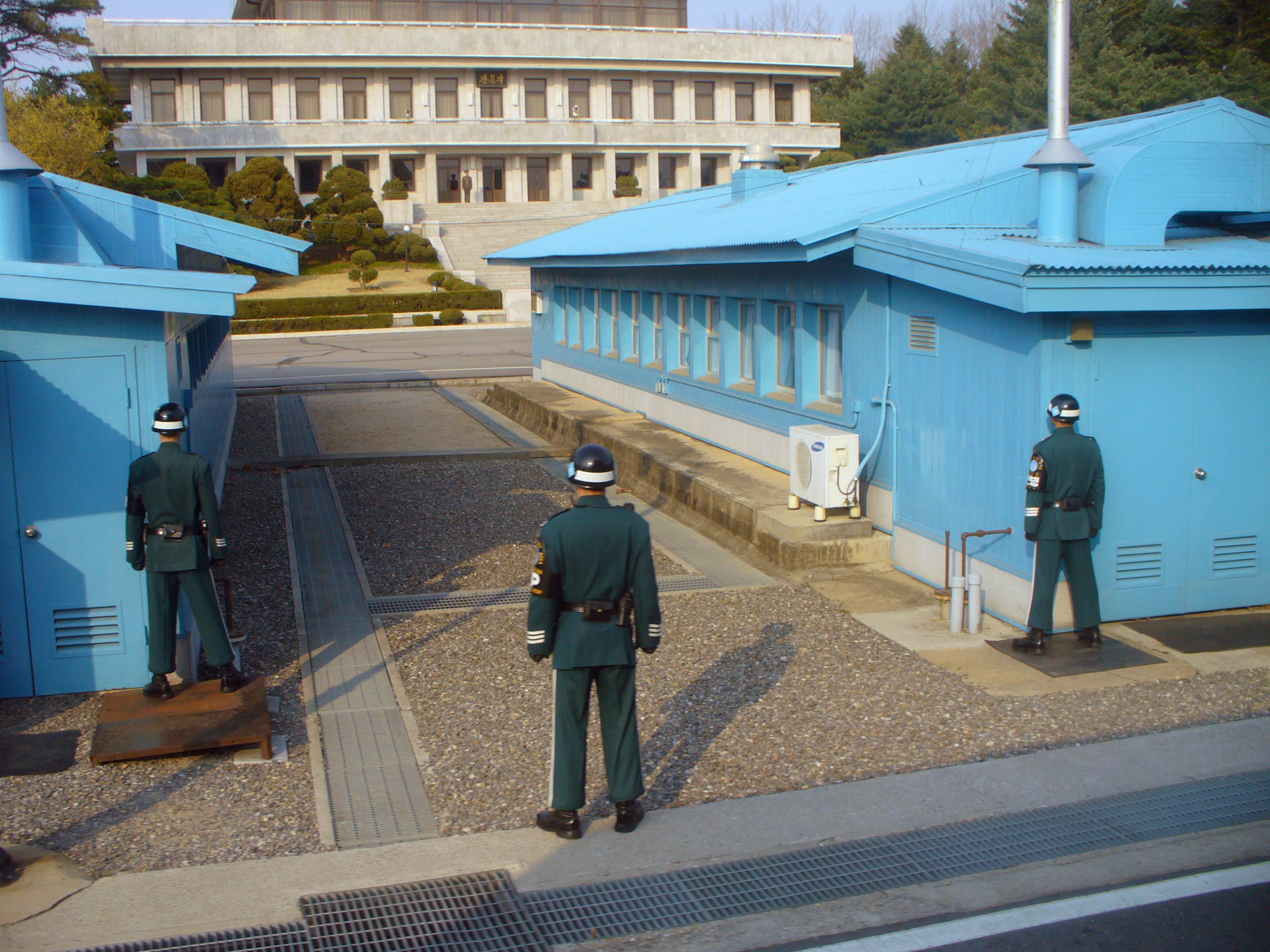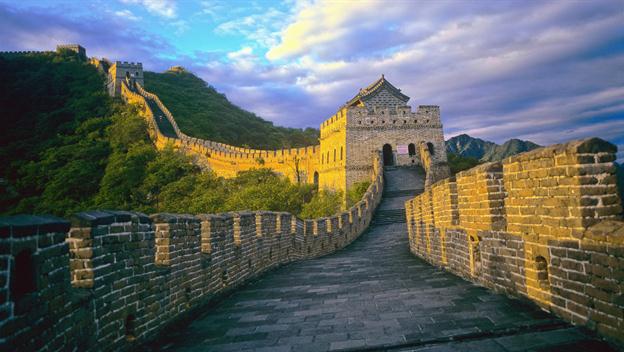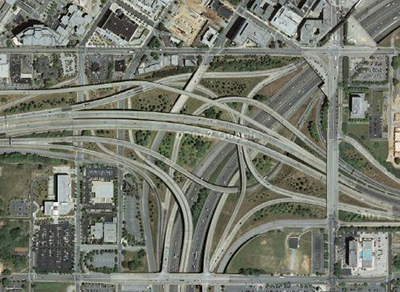The Atlantic How Cities Use Design to Drive Homeless People Away deals with an almost identical premise. The paper describes how a Hotel in London had dull spikes indented into the sidewalk and concrete walkways surrounding the building and how they discouraged and harmed homeless people who used the shade and roof of these buildings to sleep away from the elements. Someone who took notice posted photos of these items and caused massive outrage worldwide at the terrible disregard for those less fortunate than ourselves. Mayors from Montreal to London criticized and were appalled by these additions to buildings.
The next paragraph focuses on "skate stoppers" and how these indents are placed into concrete sidewalks or rails to stop skateboarding in that area. These "pig ears" as they are also referred bring up an interesting point saying how damaging and negatively they affect a skateboarders life but not the average passerby, who would not even bat an eye to these additions to structures.
The article then rounds back around to the issues focusing on the homeless and how important architecture is to our perceived subconscious and repressed ideas or morals for those who use it. It brings up specific benches throughout many different cities that were designed to be either uncomfortable, meant for short term use and just not meant to be laid down on. It also addresses cities anti-loitering laws and how they are specifically used to harass the homeless and less fortunate who, either sleep or spend their days in public establishments. The final conclusion addresses how the public and mayors were outraged by these implementations and calls for actions asking if the mayors or governments would do anything to remove these "additions" and justify their anger.
Sarah Schindler "Architectural Exclusion: Discrimination and Segregation Through Physical Design of the Built Environment" addresses how architecture itself can be used as an invisible and sometime completely unnoticeable divider between people, from social class, religion, ethnic groups to race. It addresses how built environments use their physical features to make some things harder to reach or less obtainable to a focused group of individuals. It gives many examples from lower designed bridges so buses could not pass through them which were characterized by low income, and mostly people of color, basically cutting people's access off to something that was meant to be a public resource for all. It goes into detail to show the ways many communities segregate or monopolize public attractions or services or divides others to a public resource.
Citations:
Schindler, Sarah. "Architectural Exclusion: Discrimination and Segregation Through Physical Design of the Built Environment." The Yale Law Journal - Home. N.p., n.d. Web. 24 Feb. 2017.
Rosenberger, Robert. "How Cities Use Design to Drive Homeless People Away." The Atlantic. Atlantic Media Company, 19 June 2014. Web. 24 Feb. 2017.


 Image:
Image:  Sarah Schindler's article, "Architectural Exclusion: Discrimination and Segregation Through Physical Design of the Built Environment," thoroughly explains the bigger problem behind the built environments that seclude those who make little to no income and of color. Following that, she addresses the judicial and political procedures that should be taken to resolve this issue.
Sarah Schindler's article, "Architectural Exclusion: Discrimination and Segregation Through Physical Design of the Built Environment," thoroughly explains the bigger problem behind the built environments that seclude those who make little to no income and of color. Following that, she addresses the judicial and political procedures that should be taken to resolve this issue.
 Now:
Now:
 Today, the 8-mile wall is painted with large murals. Artist tend to paint on the side facing Alfonso Wells Playground, because there is an exposed stretch of wall with no homes behind it. In 2006, community activist and Detroit residents came together to paint the wall. On the wall, scenes of the civil rights movements including Rosa Park boarding the bus, neighborhood children blowing bubbles, and a group of a cappella singers. Now, the wall is a symbolic piece, because the message represents harmony and unity rather than segregation.
Today, the 8-mile wall is painted with large murals. Artist tend to paint on the side facing Alfonso Wells Playground, because there is an exposed stretch of wall with no homes behind it. In 2006, community activist and Detroit residents came together to paint the wall. On the wall, scenes of the civil rights movements including Rosa Park boarding the bus, neighborhood children blowing bubbles, and a group of a cappella singers. Now, the wall is a symbolic piece, because the message represents harmony and unity rather than segregation.





 There is no way this highway system was created with the objective of easy accessibility. As someone who has frequented this highway many times, and still struggles to navigate it, I can attest that the highway system in downtown Atlanta is definitely one that could be considered in this section of the article.
There is no way this highway system was created with the objective of easy accessibility. As someone who has frequented this highway many times, and still struggles to navigate it, I can attest that the highway system in downtown Atlanta is definitely one that could be considered in this section of the article.
 Many people would see the first type of bench as a nice thing to do for homeless people by providing shelter. However, the second picture shows a bench that deters homeless people from seeking rest on it, which is a public good that by definition is supposed to be non-excludable. Most people would not view this second bench as being negative. In fact, it is most likely viewed as a nice way to prevent contact with strangers while sitting on the bench.
Many people would see the first type of bench as a nice thing to do for homeless people by providing shelter. However, the second picture shows a bench that deters homeless people from seeking rest on it, which is a public good that by definition is supposed to be non-excludable. Most people would not view this second bench as being negative. In fact, it is most likely viewed as a nice way to prevent contact with strangers while sitting on the bench.